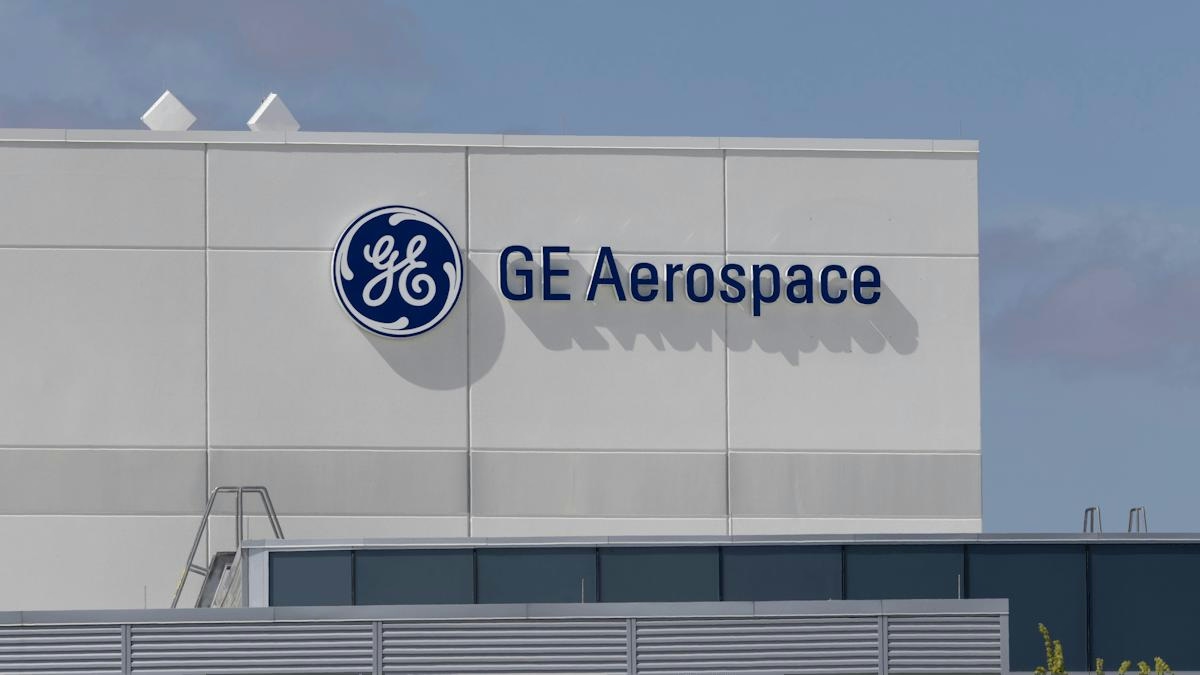
AeroGenie: Su copiloto inteligente.
Tendencias
Categories
What Will Follow the Boeing 777X in Commercial Aviation?
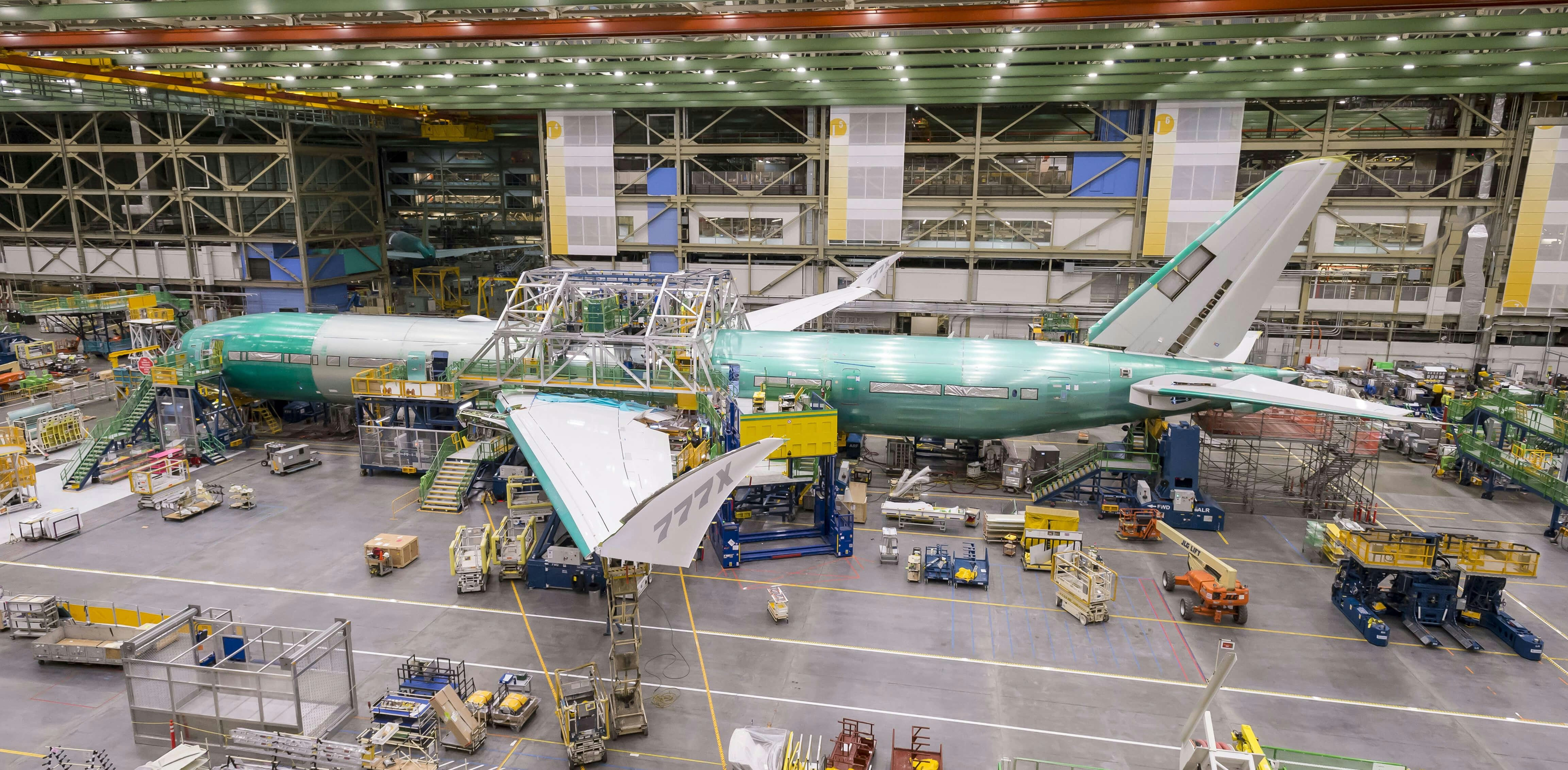
What Will Follow the Boeing 777X in Commercial Aviation?
As the long-delayed Boeing 777X approaches entry into service, the aviation industry is already anticipating Boeing’s next move. Despite ongoing delivery delays, the 777X program remains robust, underscored by Cathay Pacific’s recent order for 14 additional jets. Alongside this, Boeing is advancing the development of the 777-8 Freighter, a new cargo variant that underscores the company’s commitment to maintaining its leadership in the widebody market amid sustained global demand for air freight.
Beyond the 777X family, attention is increasingly focused on Boeing’s prospective New Midsize Airplane (NMA), often referred to as the Boeing 797. Although the NMA remains unconfirmed and largely speculative, industry experts view it as a critical model designed to bridge the gap between the Boeing 757 and 767. This segment, positioned between narrowbody and widebody aircraft, is strategically important as Airbus continues to expand its dominance in narrowbody deliveries and strengthen its presence in key markets such as China.
The Boeing NMA: Prospects and Specifications
While Boeing has not officially launched the NMA program, the company has neither dismissed the concept. Industry analysts and Boeing executives have suggested that the NMA could be offered in two primary variants: a high-range, lower-capacity model optimized for long-haul routes with moderate passenger loads, and a larger, shorter-range version designed for medium-haul operations with higher capacity. The smaller variant is expected to seat approximately 220 passengers—around 20% more than the 757—while the larger model could accommodate up to 270 passengers.
The NMA is anticipated to deliver significant improvements in operating efficiency, potentially reducing costs by up to 40% compared to older aircraft. This would be achieved through the use of advanced composite materials and aerodynamic technologies developed for the 787 Dreamliner and 777X programs. A key technological advancement is expected to be the integration of new engines producing around 50,000 pounds of thrust, likely supplied by either CFM International or Pratt & Whitney.
Projected specifications for the Boeing 797 include a range of 4,500 to 5,000 nautical miles and seating capacity between 220 and 270 passengers. The aircraft is intended to replace aging 757 and 767 models, with development costs estimated between $15 billion and $25 billion. Market forecasts suggest demand for approximately 4,000 aircraft over the next two decades.
Development Challenges and Market Competition
The NMA’s development timeline has faced multiple delays. Initial discussions began in 2017, with expectations for a formal program launch by 2020. However, the 737 MAX crisis compelled Boeing to prioritize crisis management, relegating the NMA to a lower priority. In the interim, Airbus capitalized on this delay by successfully launching the A321XLR, thereby consolidating its position in the midsize aircraft market.
Despite these setbacks, Boeing’s outlook has recently improved. The company is reportedly engaged in negotiations for a potential order of 500 aircraft from China, a deal that could significantly enhance its competitive standing. As Boeing contemplates its next strategic steps, the NMA remains central to its future ambitions, particularly as demand intensifies in Asia and the Middle East—regions where Boeing and Airbus continue to vie for market leadership.
While the Boeing 777X and its freighter variant will shape the near-term future of commercial aviation, industry focus is increasingly on the NMA as Boeing’s prospective next-generation aircraft. The company’s ability to regain ground lost to Airbus will largely depend on how swiftly and effectively it can bring this new model to market.

Dassault Aviation and Thales Partner on AI for Future Air Combat
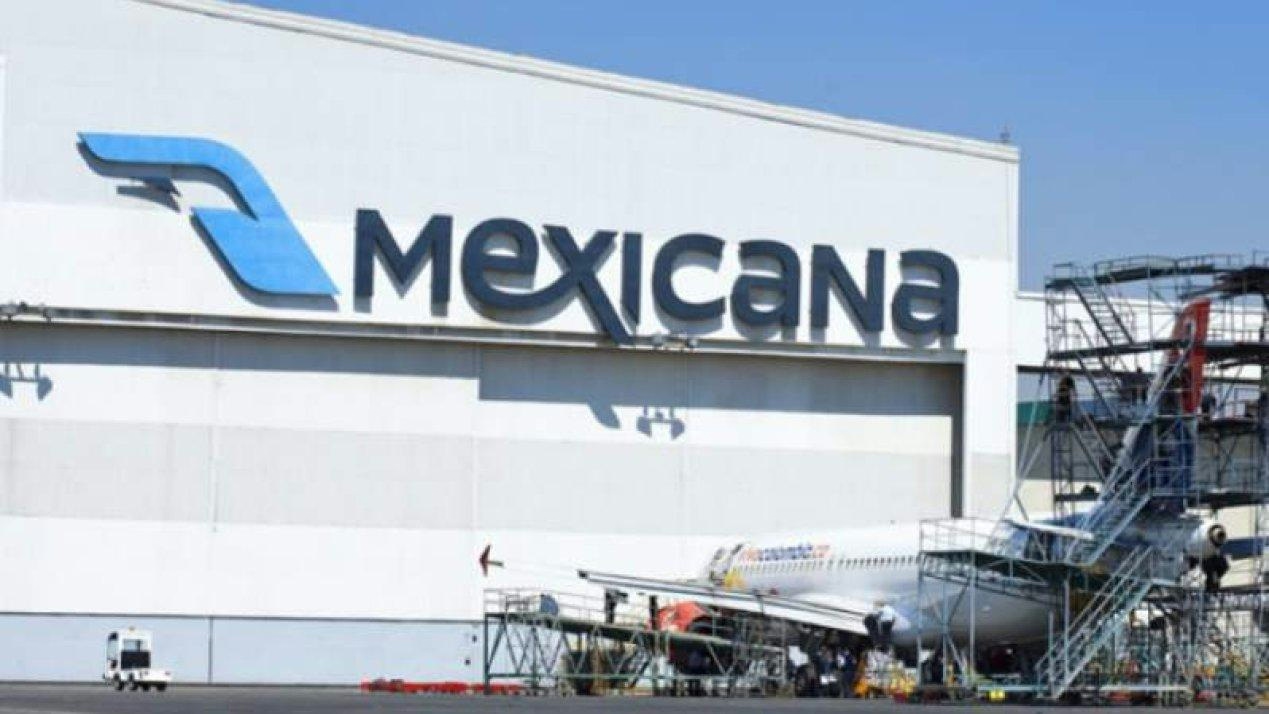
Mexicana MRO Deal Stalls Pending Banorte Extension Approval
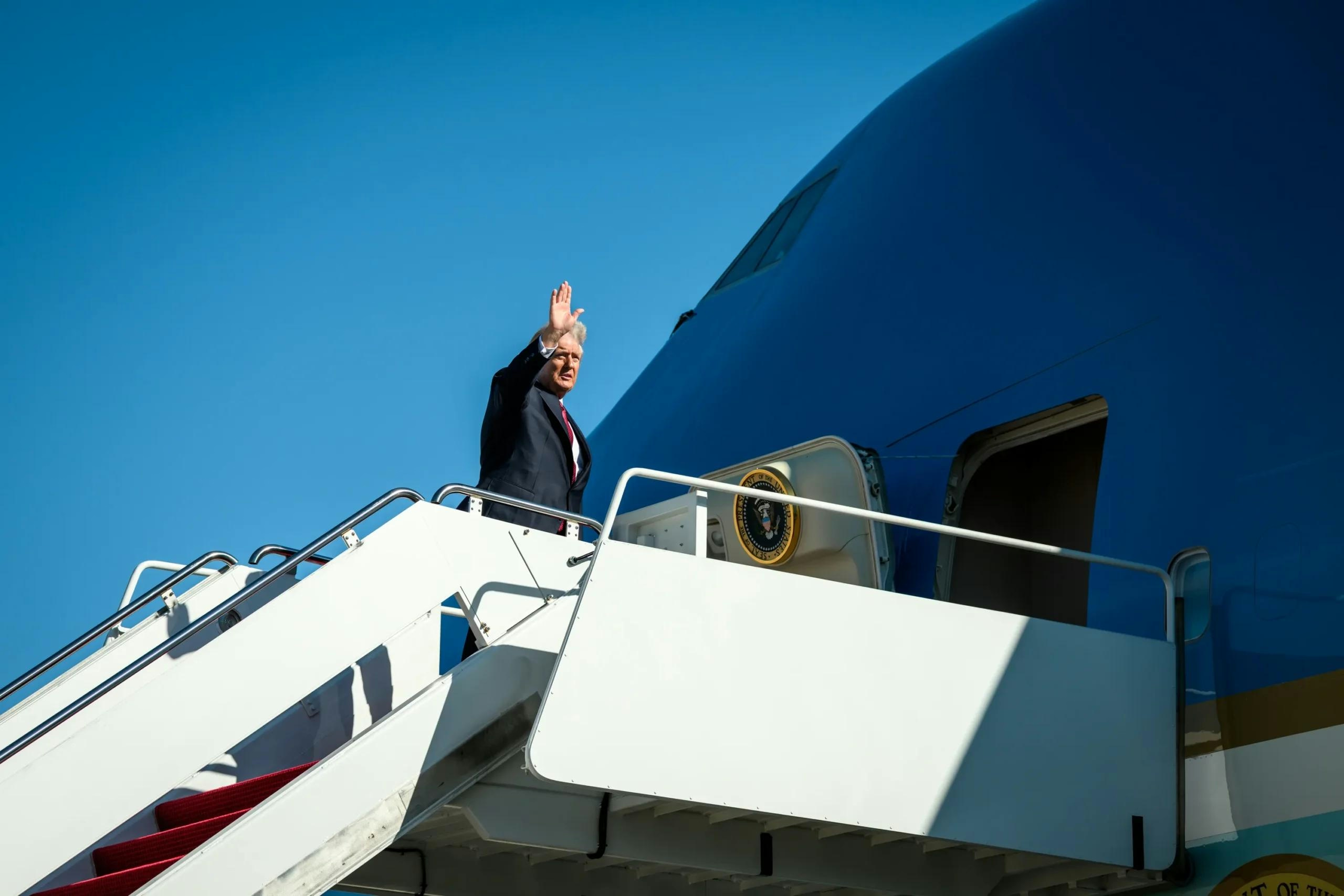
Trump's Policy on DEI Raises Concerns Over Aircraft Mechanic Training
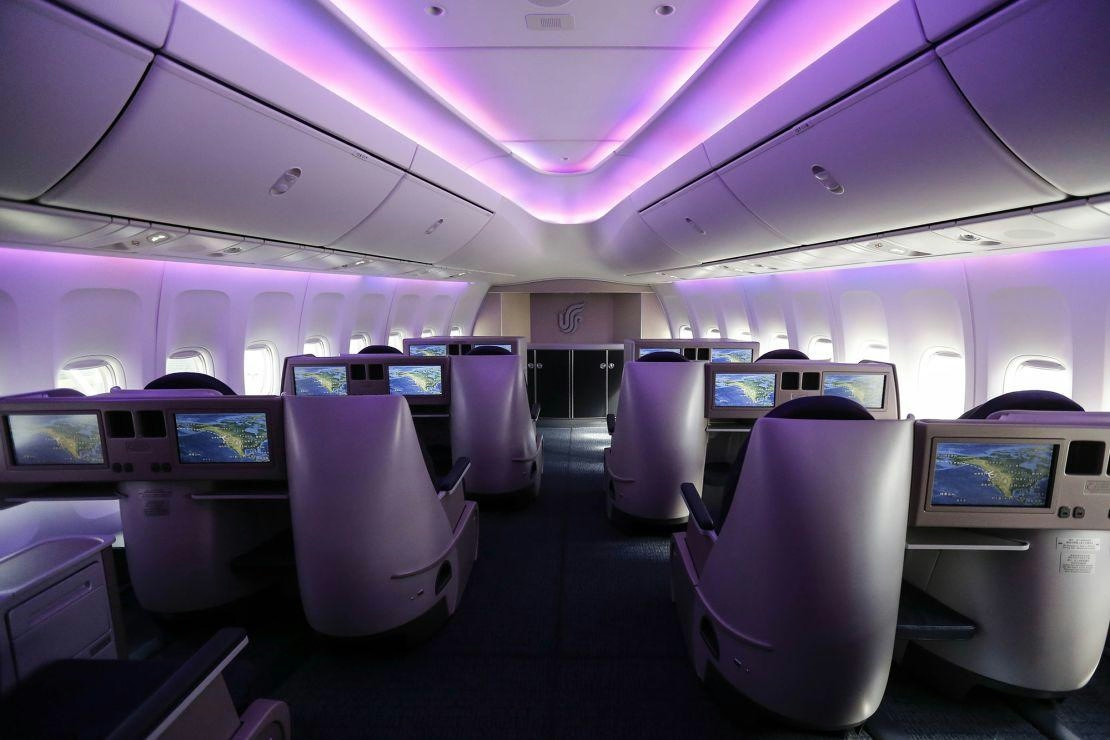
Why Boeing’s 747 Lacks a Full Second Deck Unlike the Airbus A380

Deutsche Aircraft Appoints Ernst-Georg Schröder Manager of Final Assembly Line for D328eco
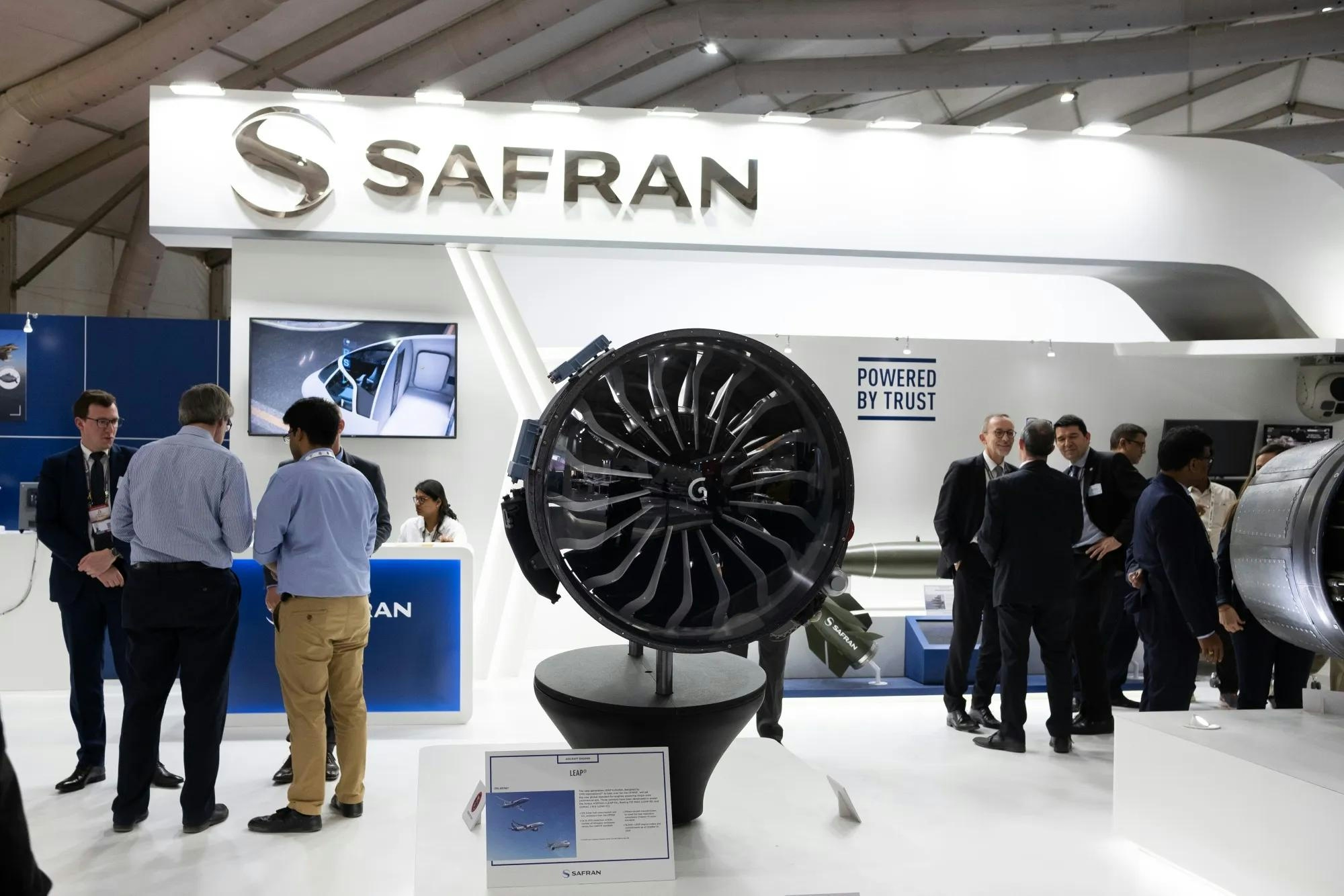
PM to Inaugurate Safran Aircraft Engine Services Facility in India on November 26
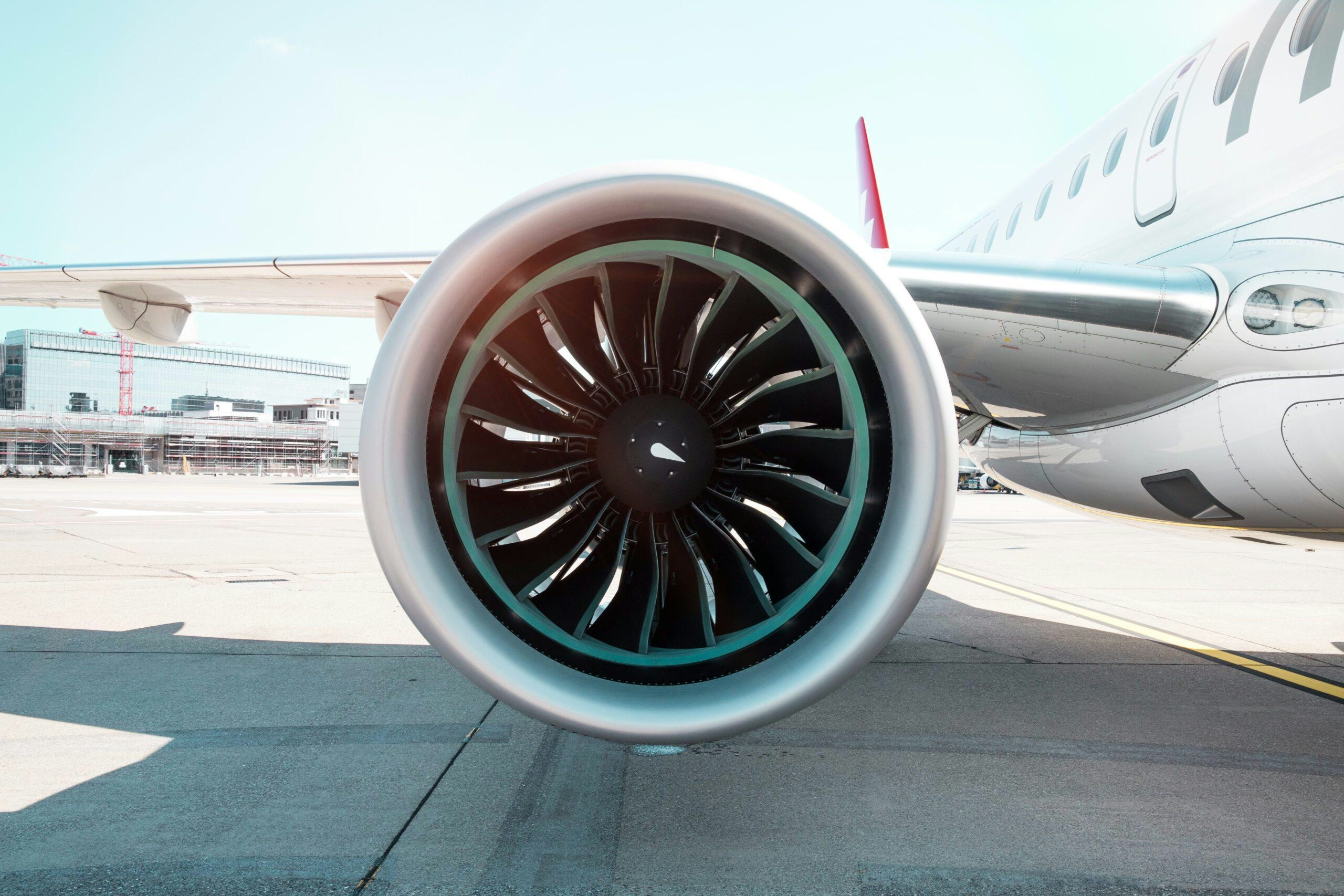
Leading Companies in Aviation Artificial Intelligence: Airbus, Amazon, Lockheed Martin, Tata Power, Thales
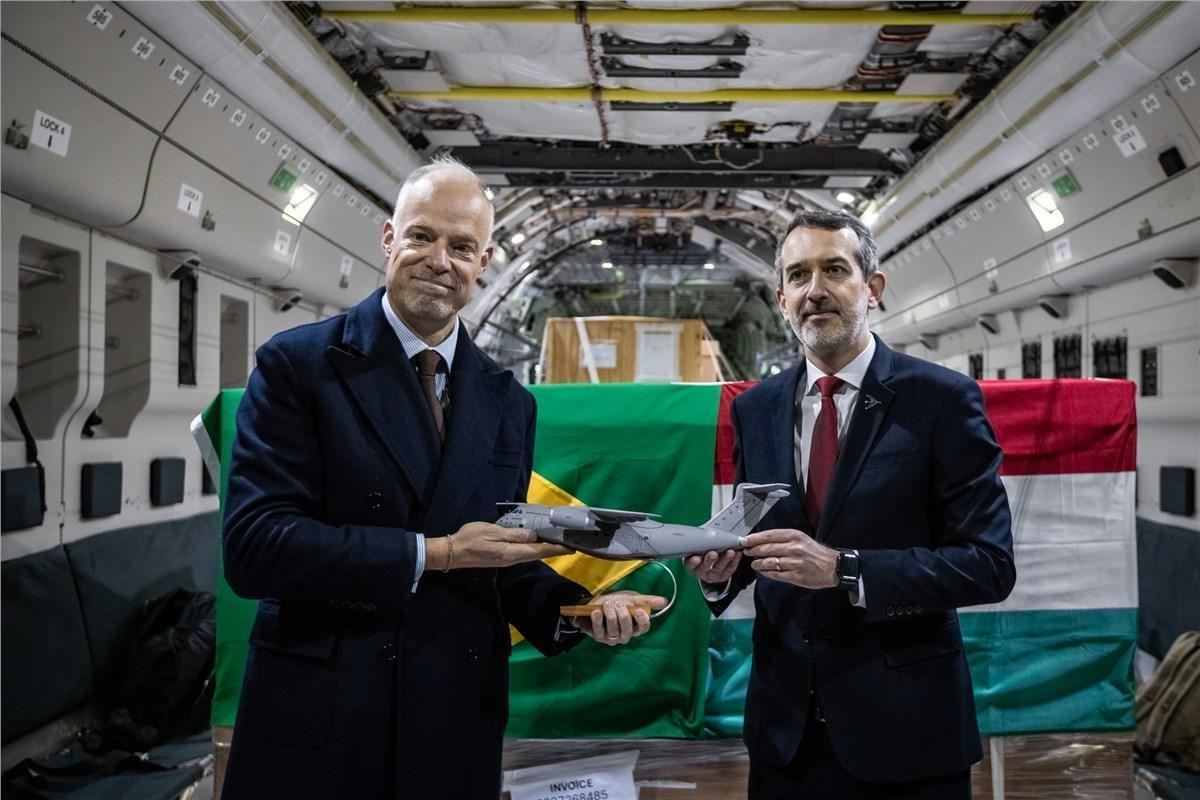
Embraer and ILIAS Partner to Enhance Military Fleet Management
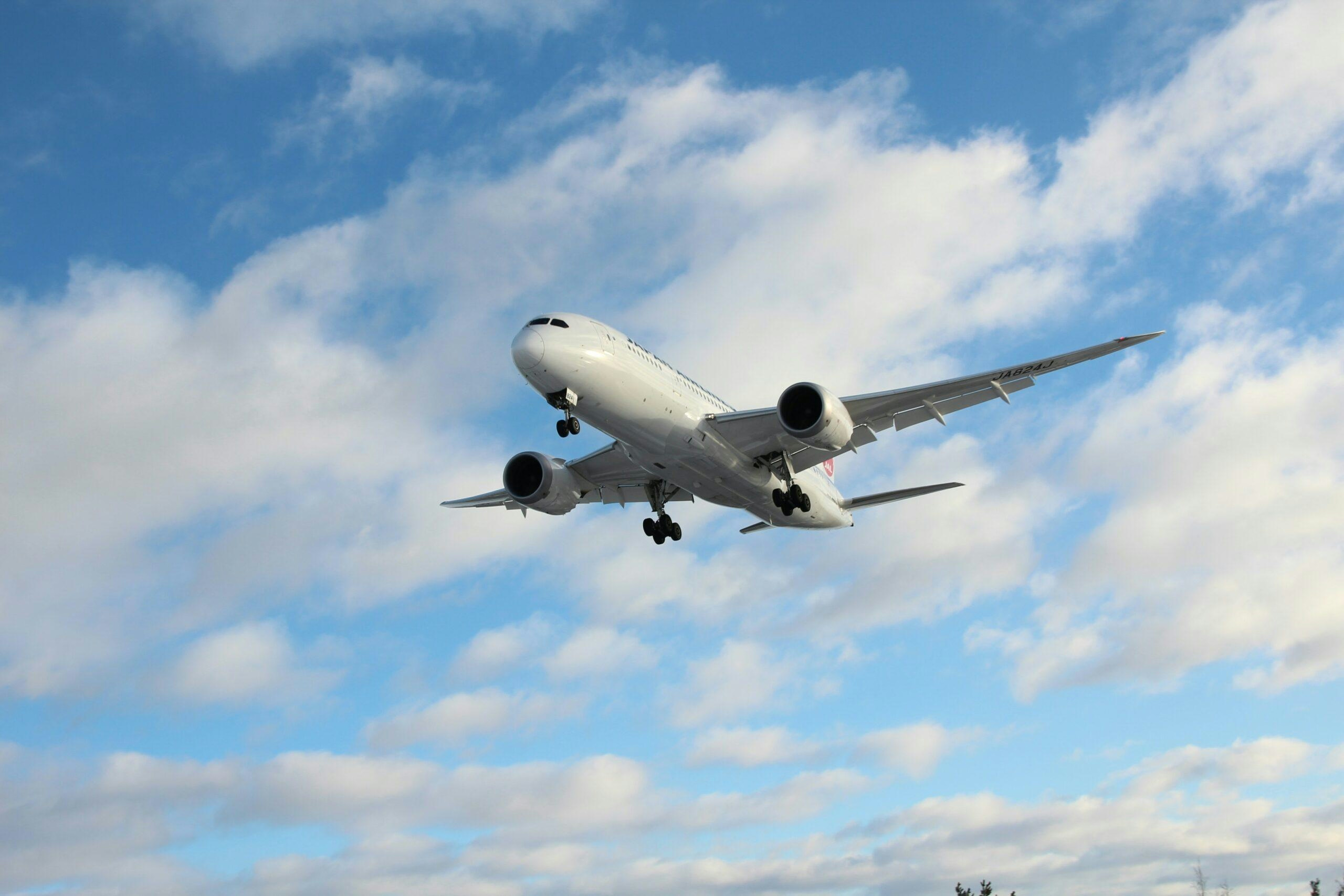
Warburg Pincus Acquires Hong Kong-Based Topcast Aviation Supplies
